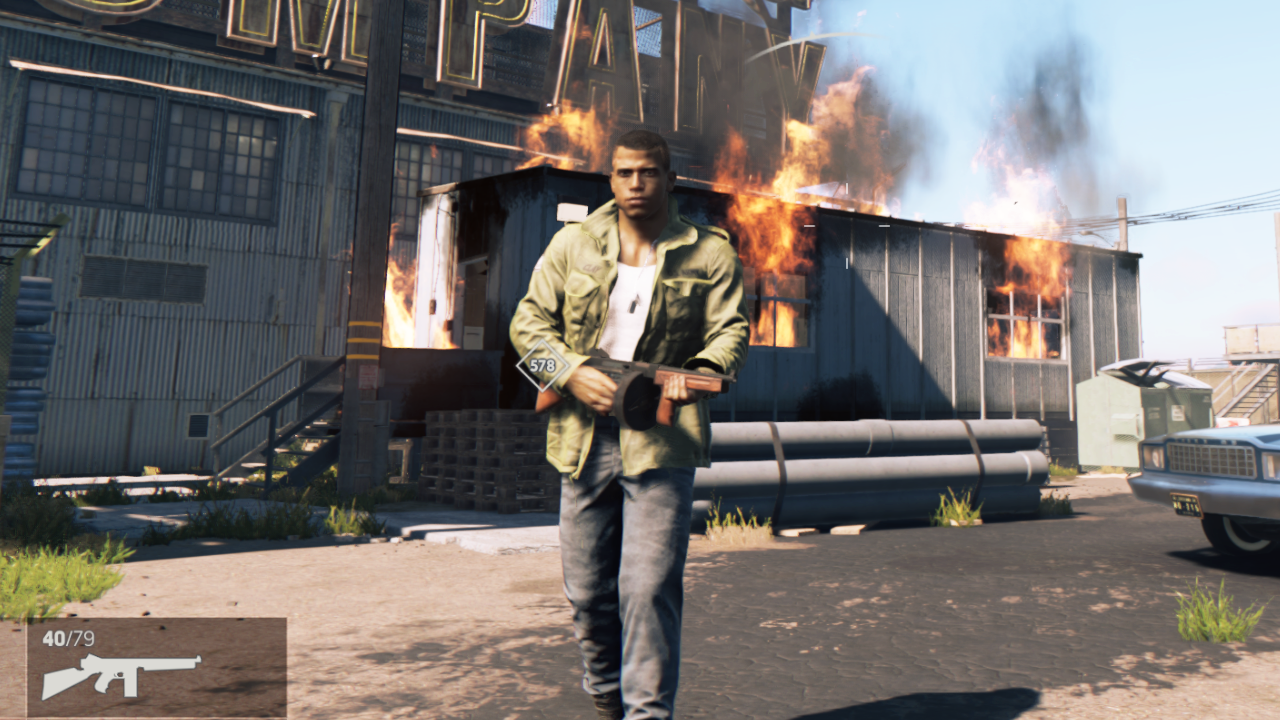Our Verdict
Starts promisingly, but soon slips into a tiresome, repetitive grind, never doing its unique period setting justice.
PC Gamer's got your back
What is it? An open-world crime adventure set in 1960s Louisiana.
Expect to pay £35/$60
Developer Hangar 13
Publisher 2K Games
Reviewed on GeForce GTX 970, Intel i5-6600K, 16GB RAM
Multiplayer None
Link Official site
PCG's port analysis
Lincoln Clay returns from Vietnam in 1968, only to find himself fighting another war on the streets of New Bordeaux, Louisiana. A feud between his adopted family—members of the black mob—and a Haitian crime syndicate turns bloody, and suddenly his plans to leave his hometown behind for a job in California are put on hold.
Clay’s violent homecoming and a daring bank heist are the focus of the first few hours of Mafia III, and it’s a strong start. The story is fast-paced and cinematic, using stylish editing to jump backwards and forwards in time, reinforcing the setting with evocative ‘60s music. With tracks from The Beach Boys, Jimi Hendrix, Elvis Presley, and The Rolling Stones, they must have spent a fortune licensing the game’s soundtrack.
New Bordeaux is an analogue of New Orleans, a city that was racially segregated in the 1960s, and Hangar 13—a new studio formed by 2K Games to develop Mafia III—hasn’t shied away from this. Racial slurs are used with abandon, frequently aimed at Clay. And if you enter a ‘whites only’ establishment like a bar or restaurant, the owner will angrily confront you and call the police if you refuse to leave.
While exploring I accidentally stumbled into a bar on the edge of the bayou, and didn’t realise it was segregated until the owner came over and said as much, but in more colourful language. I refused to leave, of course, wanting to test the limits of the game, and he made a dash for the phone. I had to grab him and choke him to death before he alerted the cops.
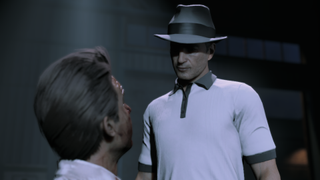
It’s weird seeing one of the most shameful periods in American history reduced to a game system like this, but I’m glad Hangar 13 tackled it head-on rather than tiptoeing around it. With a few exceptions, like a gang of yee-hawing cartoon rednecks Clay encounters, the racism feels like it’s there because it’s a natural part of the setting, not just for shock value.
The city itself is a straight-faced homage to New Orleans, not an exaggerated Grand Theft Auto-style parody. There’s a good amount of variety, from the colonial architecture of the French Ward to the swampy depths of Bayou Fantom, but the muted colour palette and restrained art design make for a bland and largely forgettable open-world.
An unexpected betrayal is when Mafia III begins to lose its way, and the promise of those early hours fades. Clay survives an attempt on his life and embarks on a single-minded quest for vengeance, which involves conquering New Bordeaux district by district until he has enough power and influence to dethrone Italian mob boss Sal Marcano.
This is when the racket system comes into play. To claim a district, Clay has to bring down, then take over, rackets run by rival gangs. These include prostitution, drug dealing, contraband smuggling, and other illegal activities. The more you own, the more money you’ll earn, and with every racket that falls Clay gets closer to Marcano.
Every racket has a Dollar value, and your job is getting that number to zero by killing people, breaking stuff, and stealing money at various locations scattered around the map. Then when you’ve caused enough trouble, the boss will be lured out of hiding, giving you a chance to kill him and incorporate his business into your burgeoning criminal empire.
When this was first introduced I enjoyed it. Creeping into gang-controlled territory, quietly stabbing people, slipping money into my pockets, sneaking up on lieutenants and interrogating them, and causing mischief. But then I realised, after completing countless slight variations of the same mission for several hours, that this was the entire game.
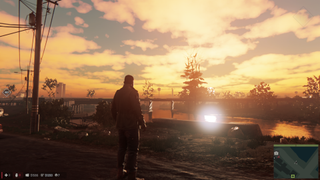
The rackets aren’t side missions you can dip in and out of at your leisure. It feels like they should be, but the game is actually built around them. Complete enough and you’ll unlock the occasional story mission, some of which are genuinely fun, but then it’s back to the grind. Driving between boring locations, killing generic gangsters, and occasionally smashing or setting fire to something to drive the value of the racket down.
Amazingly, considering the size of the city they’ve built, they reuse some locations. You’ll clear a warehouse, factory, or strip club of enemies to draw the boss out, then return later to finish him off, and the goons will have respawned—often in the same position. It’s fairly shameless filler.
Honestly, if the rackets were a side mission in another game you’d ignore them. They somehow make running a crime empire seem like the most boring, repetitive job in the world. And just when you think you’ve made some progress, more open up in the next district, and the tedium continues—but this time with a slightly different backdrop.
Most open-world games are glorified checklists, but the best ones hide it with variety, engaging missions, and a story you care about. Mafia III just feels like busywork, and the narrative slows to a crawl after a promising opening act. Playing as a black war veteran in a segregated city is a compelling concept, but Clay is a deeply uninteresting character, whose place in the world is more interesting than anything he does or says in it.
The slick presentation, impressive facial animation, and solid voice performances fail to disguise the fact that this is a wholly unoriginal and joyless revenge story. It has none of the charm of Mafia II, which at least told its tropey mob story with some personality and enthusiasm. In fact, Mafia III barely feels like it’s part of the same series, despite the presence of Vito Scaletta as one of Clay’s partners in crime.
He recruits three associates to help run the empire, each offering special services that can be used in the field. You can call up Cassandra’s mobile arms dealer if you’re low on ammo or need to buy new guns, or use Vito’s Italian mob connections to hire some armed heavies in a pinch. And when you capture a territory you choose which of the three gets to run it, which can cause conflicts within the group. This is one of the game’s best ideas, but overshadowed by the lack of imagination elsewhere.
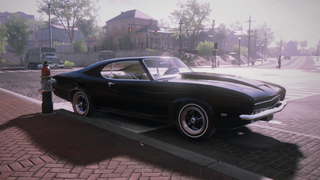
The repetitive mission structure might not have bothered me as much if the game was more fun to play, or if there were any interesting systems to experiment with. The melee combat has a satisfying crunch to it, but the firefights are about as generic as cover-based shooters get. Vehicle handling, even with the vaguely more responsive ‘simulation’ mode activated, is frustratingly weightless and slippery. And the AI is astonishingly dumb, with enemies behaving more like confused robots than people.
The PC port is pretty bad too. The textures are muddy and the image is curiously blurry, even when set to your monitor’s native resolution. The fact that I couldn't hit 60 frames per second with a GTX 970, even on medium settings, suggests poor optimisation. And the aggressive colour grading—an attempt to create a vintage ‘60s aesthetic—is way too overpowering. The city can look spectacular at night, especially when it rains, but overall the image quality and the fidelity of the world are incredibly disappointing.
The shift away from the Italian mob and the choice to tackle a difficult period in American history was a bold, subversive move—especially for a series with such an established, passionate fan base—and in that sense I have a lot of respect for Hangar 13. The ‘60s setting is nicely realised too, with some fantastic world-building helping to establish the era.
It’s just a shame the game attached to it is so rote, unambitious, and poorly designed. It draws too much water from a very shallow well, repeating the same mission types far too often, and wrapping its story around a territory system that just isn’t deep or entertaining enough to support an entire game. Mafia II was criticised by many for being too linear, but I’d take that over this aimless parade of dull any day.
Starts promisingly, but soon slips into a tiresome, repetitive grind, never doing its unique period setting justice.
If it’s set in space, Andy will probably write about it. He loves sci-fi, adventure games, taking screenshots, Twin Peaks, weird sims, Alien: Isolation, and anything with a good story.
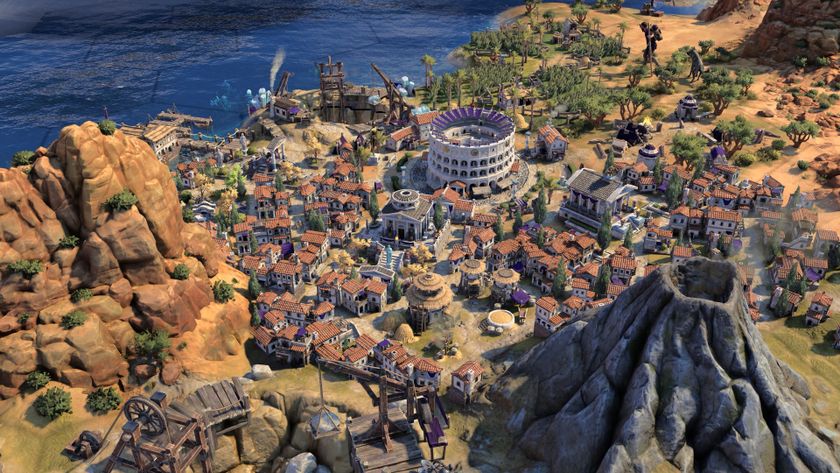
There are already Civilization 7 mods that improve the UI, unlock all civs, and add 'ludicrous'-sized maps
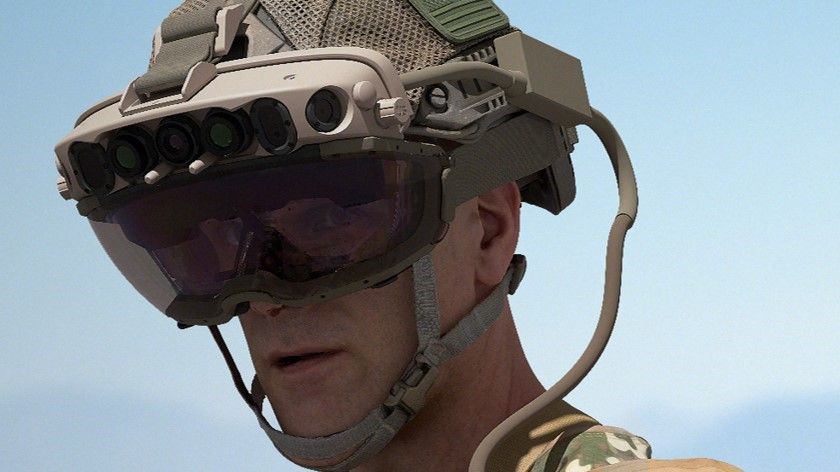
Palmer Luckey says he wants to 'turn warfighters into technomancers' as Anduril takes over production of the US Army's IVAS AR headset from Microsoft
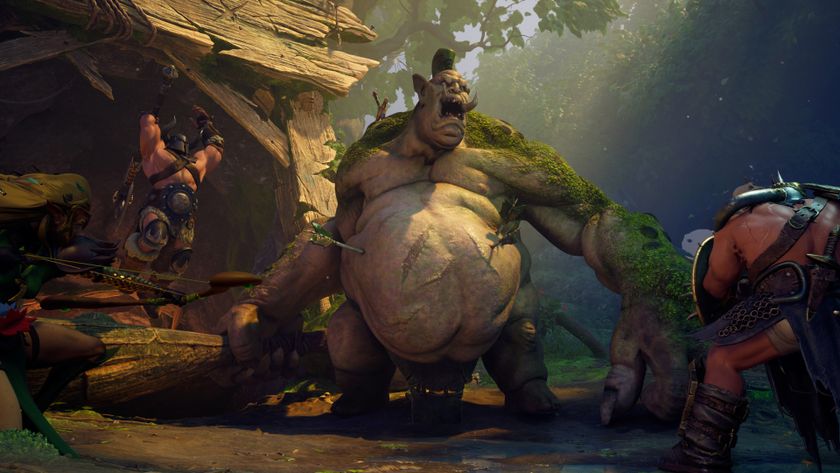
To make its fantasy extraction game, this studio of ex-Blizzard devs had to teach itself the art of third-person combat design: 'There's a science to how those are built'
